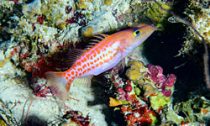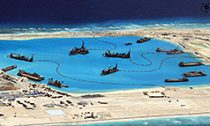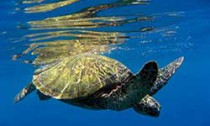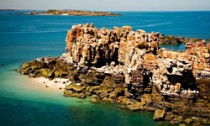4/8/16
Shore- Salt water
Recreational Dive
45 minutes
Max Depth- 8ft, Visibility- 8ft
Temperature: water- 77, air-81, sunny
strong current
0 sharks
0 groupers
6-20 lobsters (hiding under rocks @3ft, shallow hard bottom, spiny)
6-20 snappers (rocky bottom under dock @5ft, gray and mangrove)
0 lion fish
no surface pressures
boat activity
subsurface pressures (glass bottle, tire)
no evidence of fishing
evidence of coastal development










Social Profiles